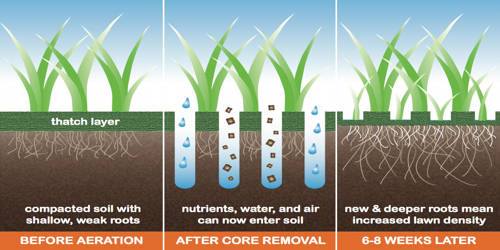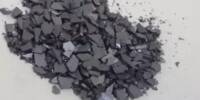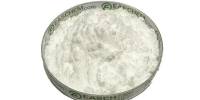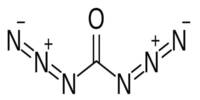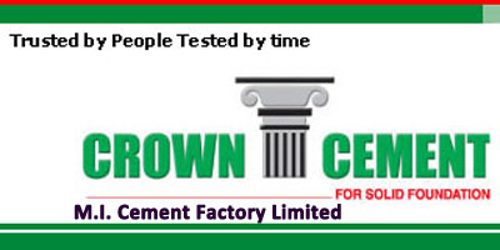Aeration is the mixing of air into a liquid or a solid. It is the process by which air is circulated through, mixed with or dissolved in a liquid. It is the introduction of air into a material. It provides oxygen to inhibit the action of anaerobic bacteria. It is used in liquids, soils, and foods to improve quality and reduce contamination.
Aeration of soil
In soil, aeration refers to the extent of air gaps. It is also important to ensure that nutrients can reach the soil beneath your grass. It involves perforating the soil with small holes to allow air, water, and nutrients to penetrate the grassroots
Soil aeration is the process of using mechanized or manual equipment to either puncture the soil with spikes (spike aeration) or removes approximately 1″ x 2″ cores of soil from the ground. Aeration may be overlooked when trying to restore a lawn but is vital to bring it back to health. It improves drainage and reduces puddles formation.
It can be an extremely vital element to a healthy lawn because it allows air and water to penetrate built-up grass or lawn thatch. It is sometimes used to address drainage issues in areas with turf. Core aeration is done on turf areas as a means of reducing turf compaction, reducing thatch buildup, improving the infiltration of water/nutrients, encouraging deeper roots, and creating an environment where grass seed can have direct contact with the soil. In municipal and industrial wastewater treatment, aeration is part of the stage known as the secondary treatment process.
Aeration in food
This refers to the process in which air is absorbed into the food item. It refers to the lightness of cakes and bread, as measured by the type of pores they contain, and the color and texture of some sauces which have incorporated air bubbles. It is an integral part of most biological wastewater treatment systems.
In wine tasting, a variety of methods are used to aerate the wine and bring out the aromas including swirl wine in the glass, use of a decanter to increase exposure to air, or a specialized wine aerator. It can also reduce ammonia and hydrogen sulfide (stripping), and is an effective method of bacteria control.
